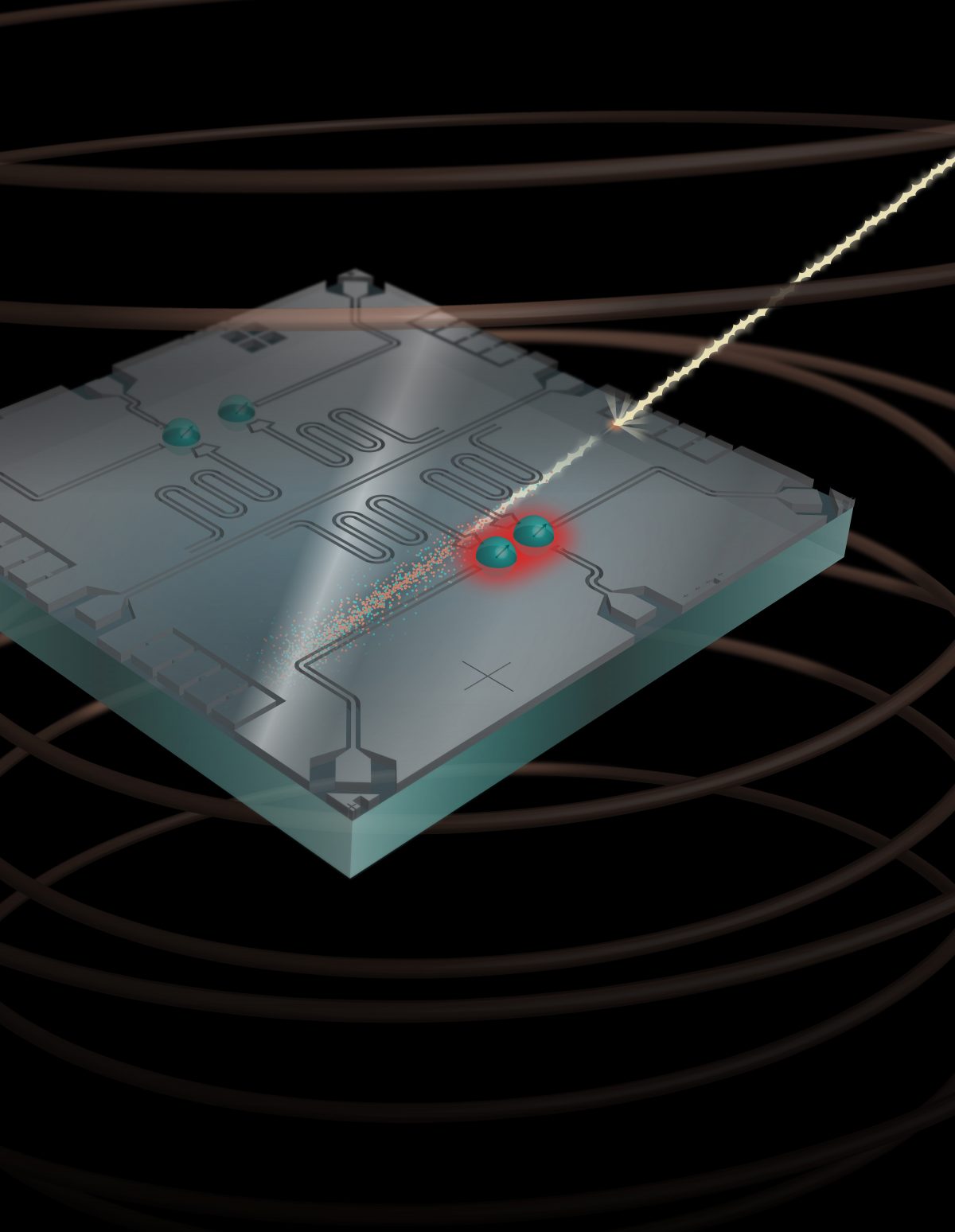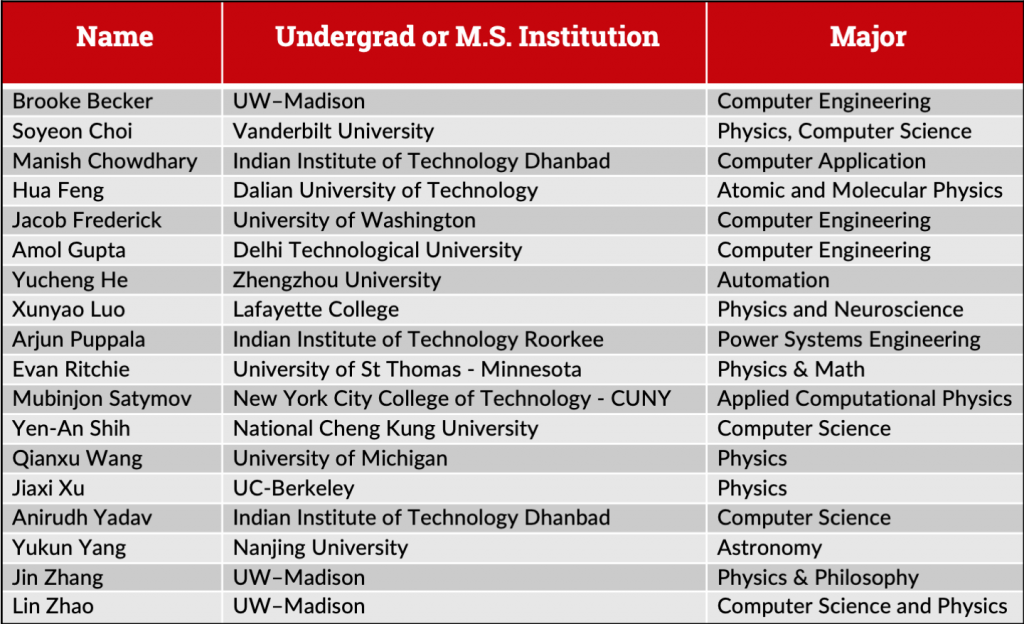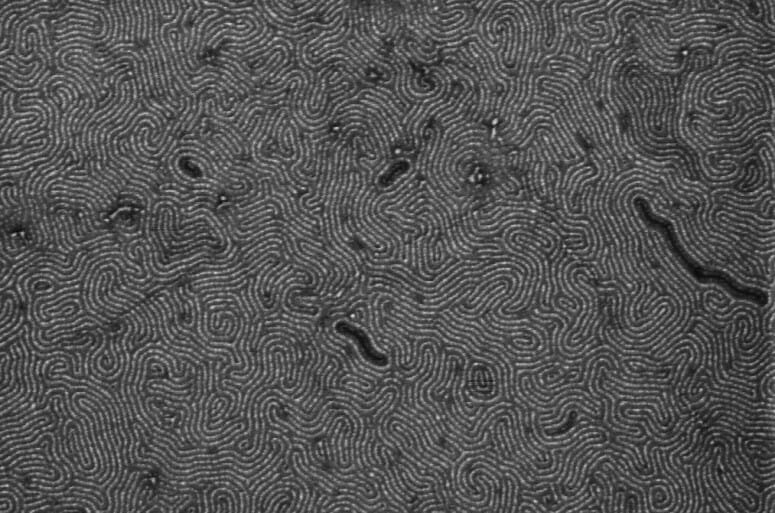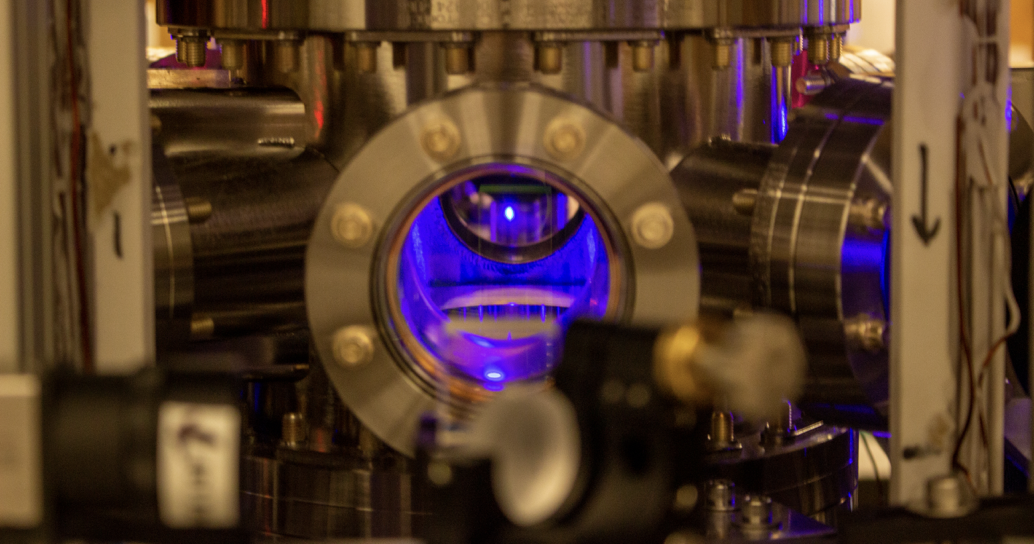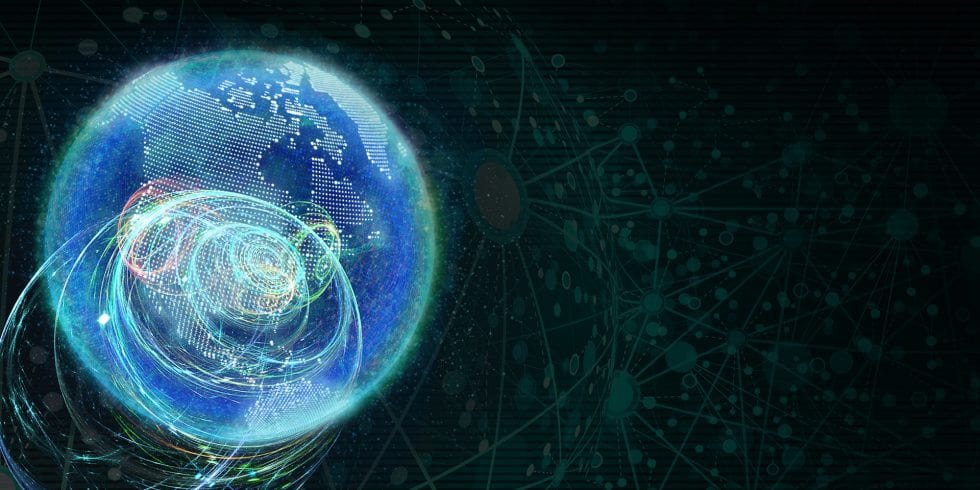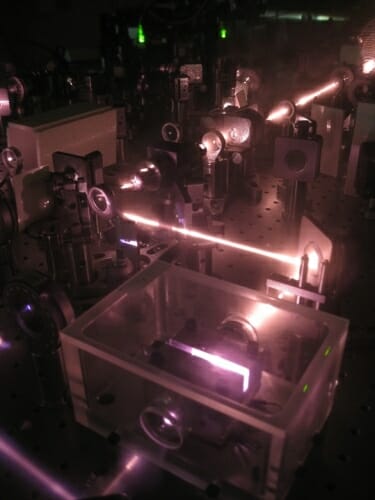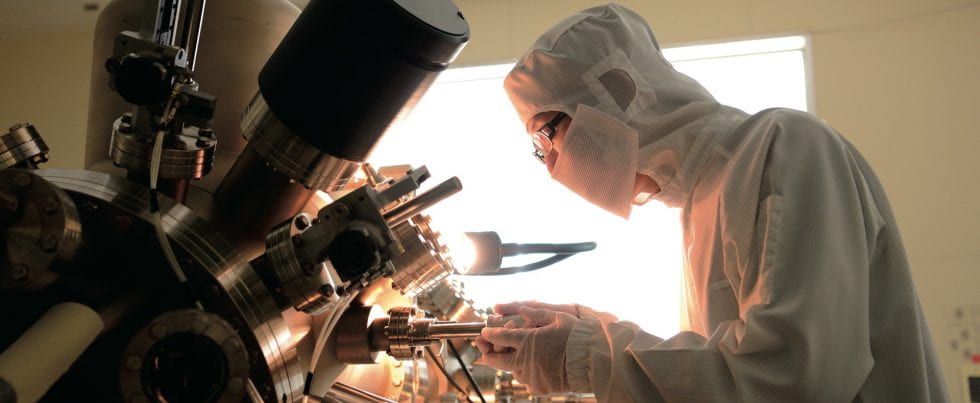
This story was originally published by the Chicago Quantum Exchange
The Chicago Quantum Exchange, a growing intellectual hub for the research and development of quantum technology, has added to its community six new partners in technology, finance, manufacturing, and consulting that are working to bring about and primed to take advantage of the coming quantum revolution. New corporate partners are Discover Financial Services (NYSE: DFS), Hamamatsu Photonics, Protiviti, Quantum Machines, and Super.tech. The Chicago Quantum Exchange has also partnered with P33, a private sector led non-profit dedicated to driving innovation leadership for the Chicago region.
Several of the new partner organizations —Discover, Protiviti, Super.tech and P33— have locations in Chicago, further emphasizing the city’s commitment to quantum information science and technology.
“P33 leverages Chicago’s key strengths – its diverse economy, strong system of universities and research centers, and burgeoning start-up ecosystem- to catalyze the growth of the city’s tech economy,” said Brad Henderson, founding CEO of P33. “By partnering with the Chicago Quantum Exchange, we can provide more opportunities for collaboration across traditional boundaries, attracting investment and engagement that benefits our broader community.”
Headquartered at the University of Chicago’s Pritzker School of Molecular Engineering, the Chicago Quantum Exchange is anchored by the University of Chicago, the U.S. Department of Energy’s Argonne National Laboratory and Fermi National Accelerator Laboratory (both operated for DOE by the University of Chicago), and the University of Illinois at Urbana-Champaign, and includes the University of Wisconsin-Madison and Northwestern University.
The Chicago Quantum Exchange and its partners advance the science and engineering necessary to build and scale quantum technologies, develop practical applications, and work with others to explore these possibilities. The results of these technologies – precision data from quantum sensors, advanced quantum computers and their algorithms, and securely transmitted information – will transform today’s leading industries. The addition of the new corporate partners brings a total of 18 companies into the Chicago Quantum Exchange to work with scientists and engineers at universities and the national laboratories in the region.
“The addition of new partners located here in Chicago, and from around the world, enhances our rich collaboration dedicated to advancing quantum science and engineering as well as driving quantum technologies here in Chicago,” said David Awschalom, the Liew Family Professor in Molecular Engineering and Physics at the University of Chicago, senior scientist at Argonne, director of the Chicago Quantum Exchange, and director of Q-NEXT, one of five new Department of Energy Quantum Information Science Centers. “The participation of our partners and their perspectives will help shape the scope of research and enhance our programs to develop a future quantum workforce.”
Chicago Quantum Exchange members and corporate partners engage in collaborative research efforts, joint workshops to develop new research directions, and opportunities to train future quantum engineers. The Chicago Quantum Exchange has existing partnerships with Boeing; IBM; Applied Materials, Inc.; Cold Quanta; HRL Laboratories, LLC; Intel; JPMorgan Chase; Microsoft; Quantum Design; Quantum Opus, LLC; Qubitekk; Rigetti Computing; and Zurich Instruments.
The Chicago Quantum Exchange’s newest partners include organizations ranging in interest and expertise from quantum control instrumentation and algorithms to consulting and finance.
They include:
- Discover is a leading digital bank and global payments network driven by advanced analytics and technology to meet the needs of its customers, merchants and partners around the globe. Discover aims to accelerate quantum information science applications in financial services – including advancements in anomaly detection, analytical modeling, and data security – and to develop and support scientific and engineering talent in the quantum field.
- Hamamatsu Photonics is a leading manufacturer of state-of-the-art devices for the generation and measurement of light. These devices include silicon photomultipliers, photomultiplier tubes, photodiodes, infrared detectors, spatial light modulators, cameras, and light sources. Hamamatsu is constantly working on the next generation of devices and detectors as quantum applications evolve and emerge.
- Protiviti is a global consulting firm that bridges the gap between quantum research and practical business application by preparing organizations to harness the power of quantum computing. Its technology and business consultants help businesses identify real-world examples of how they might use quantum computing and understand its value to the organization and recognize and mitigate potential risks.
- P33 catalyzes collaborations in the Chicago region’s tech ecosystem to facilitate economic growth and turn the city into an inclusive innovation leader. P33 aims to unlock the commercial potential of quantum information science from within the region by building and enhancing collaborations and translating quantum research into industry-led commercial viability.
- Quantum Machines is the creator of a first-of-its-kind complete hardware and software solution for the control and operation of quantum computers. Its standardized platforms lay the groundwork for tackling some of the largest hurdles facing quantum computing, such as complex multi-qubit calibrations, quantum-error-correction, and scaling up to many hundreds of qubits.
- Super.tech is a quantum software startup spun out of research from UChicago and incubated through Argonne National Laboratory’s Chain Reaction Innovations program. Super.tech’s software aims to close the gap from near-term quantum computers to practical applications in industries such as energy and finance.
Several of the partners have ongoing or recent engagements with Chicago Quantum Exchange and its member institutions.
The Illinois Quantum Information Science and Technology Center at the University of Illinois at Urbana-Champaign is collaborating with Quantum Machines to develop control solutions and cloud access layer, as well as other research and education programs in the center’s testbed for hybrid quantum networks.
Super.tech, a company founded by Pranav Gokhale, a recent University of Chicago computer science PhD graduate, is a member of the most recent cohort of the Argonne Chain Reaction Innovations incubator program. The company also participated in and received funding from the George Shultz Innovation Fund, a program run by the Polsky Center for Entrepreneurship and Innovation at the University of Chicago.
For some partners, engaging with the Chicago Quantum Exchange is an effort to uncover practical applications and explore the potential of quantum technology. Discover, for example, will work with the Chicago Quantum Exchange to see if they can use quantum technology large scale data analysis and fraud detection.
“Through our partnership with the Chicago Quantum Exchange, we have the opportunity to expand dramatically the scale and speed of our data analysis,” said Keith Toney, executive vice president and chief data and analytics officer at Discover. “Quantum is an example of how our recently announced data and analytics organization is embracing emerging technology to push the limits of data analytics and working with the Chicago Quantum Exchange will support that.”
Photo Caption: A Hamamatsu Photonics scientist tests optical equipment in the company’s Central Research laboratory.
Credit: Photo courtesy of Hamamatsu Photonics
